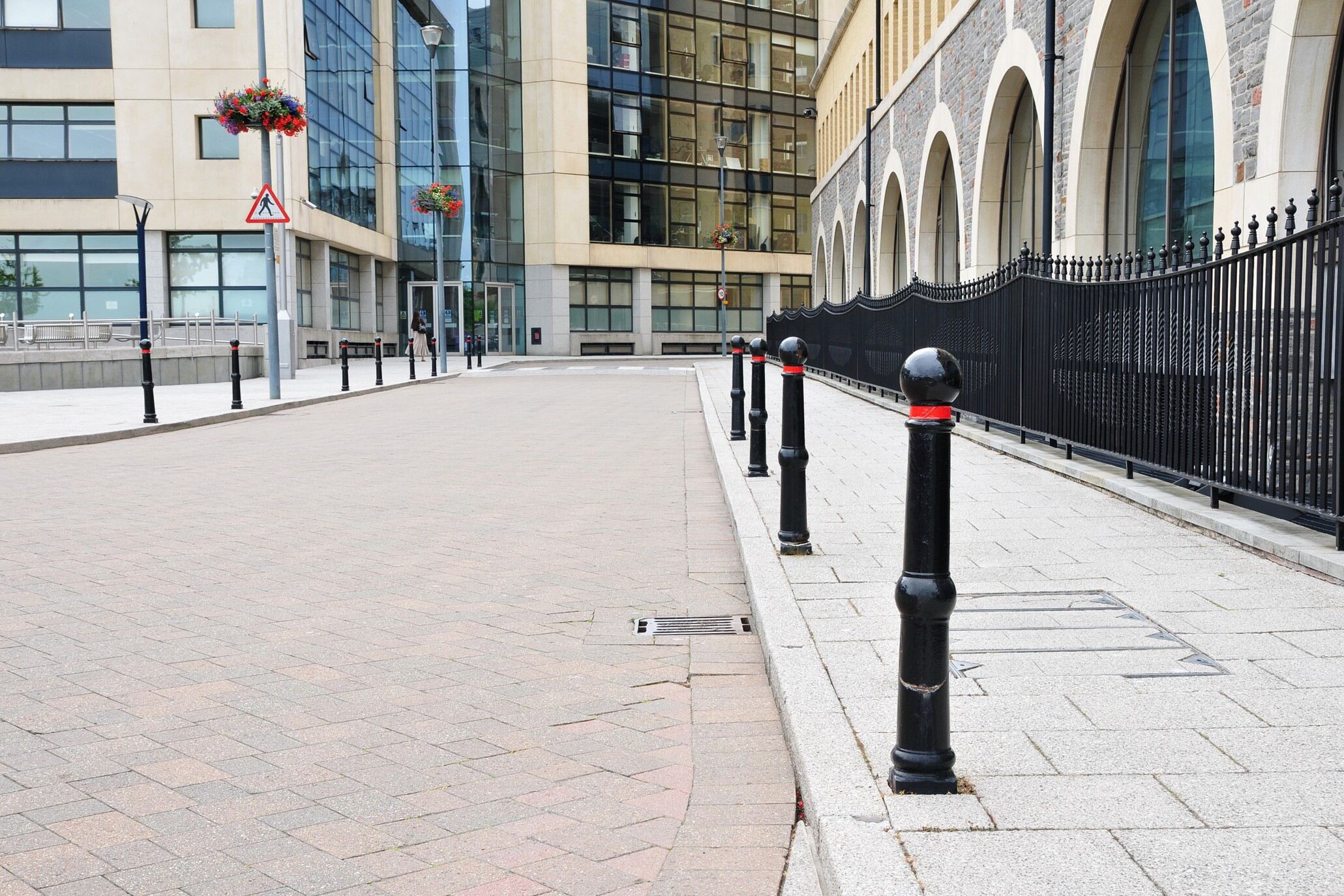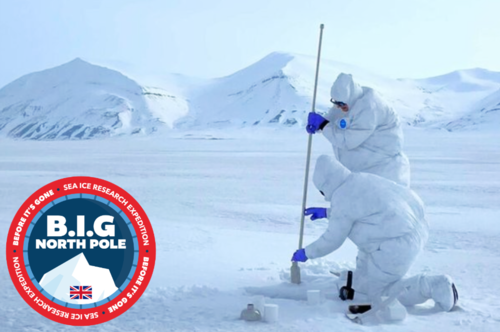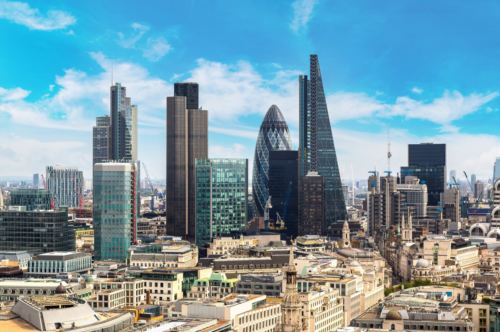An overview of BESA guidelines on the safe shutdown of commercial buildings

The Building Engineering Services Association (BESA) has released specific guidance on how buildings can be managed and maintained effectively during the COVID-19 lockdown.
With thousands of people now working from home or prevented
from travelling, many commercial Buildings are moving into shutdown mode. Moving
buildings into shutdown has huge implications for building services equipment,
with decisions that would usually have been planned over a number of months now
having to be taken within days. BESA requires that buildings’ owners, landlords
and tenants will still need to maintain their buildings for security purposes, to
achieve statutory compliance, and to protect the fabric and critical systems as
well as satisfying any insurance requirements.
Evotech currently maintain our client’s buildings in-line
with BESA’s industry planned maintenance standard SFG20. BESA suggest that
adopting the standard’s strategies would continue to keep buildings safe and
compliant throughout this period, however, some organisations may decide to
mothball their buildings or at least reduce their maintenance regime to a low
level. In reference to the latter situation, BESA argues that full closure and
shutdown is intended as a long-term action that would make it difficult to
return the building to operational status quickly when the current crisis recedes.
In addition, elements of the building services may also be required to support staff
working from home, such as server rooms. In these instances, BESA’s recently updated
SFG30 Mothballing and Re-Commissioning of Buildings standard could prove
useful.
SFG30 has been adapted to provide a step-by-step process for
maintaining critical services during this low occupancy period, ready for rapid
and full reactivation once business returns to normal. This includes key
elements of maintenance such as keeping water systems safe (in-line with the
HSE’s L8 requirements for legionella control), both active and passive fire
protection systems, safe handling of refrigerant gases, electrical and gas
service safety checks, ventilation hygiene, security systems and lifts(if they
are still in service).
The key consideration when applying a revised maintenance
strategy is the duration of action and hence the cost of ongoing reduced
maintenance vs the cost of mothballing and reactivation of assets and services.
Further considerations when deciding which direction to take with a building
include (but are not limited to):
§ Insurance
providers should be consulted in the first instance, as they will likely require
fire alarms and sprinkler systems to be maintained, especially if the building
is left empty for periods.
§ Domestic
water systems would need to be subject to regular checks in-line with L8
requirements, to avoid the growth of bacteria within systems, which would come
at a significant cost to rectify.
§ For
mechanical ventilation systems, the general advice is to supply as much outside
air as possible.
§ Expanded
operation times are recommended for buildings with mechanical ventilation.
Setting the ventilation system to operate 24/7 with reduced supply rates
outside occupancy hours should be considered for those buildings still in use.
Should employee numbers reduce, it is recommended not to place remaining staff
in smaller areas. Exhaust ventilation systems of toilet areas should be set to
operate 24/7, and relatively negative pressure must be maintained in the room
to help avoid faecal-oral transmission.
§ Heat-recovery
devices may carry over the virus attached to particles from the exhaust airside
to the supply airside via leaks. In rotary heat exchangers (including enthalpy
wheels) particles deposit on the return airside of the heat exchanger surface,
after which, they might be resuspended when the heat exchanger turns to the
supply airside. Based on current evidence, the recommendation is to disable rotary
heat exchangers temporarily during COVID-19 episodes. If leaks are suspected in
the heat-recovery sections, pressure adjustments or bypassing can be an option
to avoid a situation where higher pressure on the extract side causes air leakages
to the supply side. Transmission via heat-recovery devices is not an issue when
a HVAC system is equipped with a twin-coil (run-around coil) or other
heat-recovery device that guarantees air separation between return and supply
side.
§ If a
building is occupied by security or a skeleton workforce, life safety systems
such as emergency lighting and active/passive fire protection systems will need
to be checked for compliance. Emergency generators will also need to be tested
if they are still being relied upon to provide power in an emergency.
§ Fire
suppression systems still need to be checked if they are being left active
whilst the building is shutdown. Assets such as hydrants and other firefighting
facilities would require discussion with the local fire brigade to determine
what their requirements would be.
§ Lifts
where buildings are occupied need to continue to be in operation and they will require
thorough examinations to be carried out as normal. However, if it can be shown
that lift journeys are reduced it may be that lift maintenance can be reduced, or
in the case of multiple lifts within a building, it may be that one or more
lifts could be removed from service – this will need to be confirmed in-line
with the overall building risk and fire strategies.
§ Heating
systems could potentially be put into summer mode as we enter the warmer months,
not necessarily drained down, but a closed water sample and chemical top-up
would be recommended to leave the system fully charged whilst preventing oxygen
and bacteria causing issues further down the line.
§ Chilled
water systems incorporating cooling towers – in empty buildings these towers can
be drained and notifications made to the local authority that the tower has been
decommissioned.
Low use and low key maintenance buildings
It is recommended to continue to operate the building
services in a reduced occupancy building, albeit at a reduced capacity where
possible. Certain services will fall under the essential/critical category and
are underpinned by legislation and requirements placed on Responsible Person(s)
operating a building. These requirements, including the Health and Safety at Work
Act 1974, and other relevant legislation, are still in place and obligations to
comply have not been reduced in any way - as such, we have a collective
responsibility to work to these standards wherever possible. Services defined
as ‘Essential’ under SFG20/30 are those required for statutory/legal compliance
and further information can be found in the relevant section of SFG20 &
SFG30 procedures.
Shutdown and reactivation of buildings
It is recommended to prepare the building services to
provide only essential environmental requirements in an unoccupied building.
This includes frost protection, fire, security and safety features to maintain
the safety and integrity of the building and minimising the input required to
restore all services to full running order. A caretaker maintenance regime should
be set up to turn moving parts and run specific assets periodically.
The full list of requirements for shutdown and reactivation of buildings can be found within the relevant section of SFG30 procedures.
If you need advice please call our team on 0333 207 4245
Return to topLatest Articles
Evotech sponsors BIG North Pole Sea Ice Research Expedition
Read More >Evotech expands its footprint with new London hub
Read More >Government launches Occupational Health Taskforce
Read More >200 schools in London to have air filters installed in classrooms
Read More >



